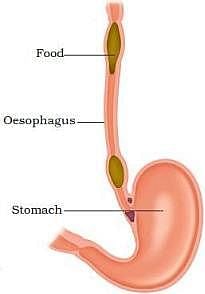Test: Food - CTET & State TET MCQ
30 Questions MCQ Test - Test: Food
What are the organisms called that synthesize their food from inorganic materials?
| 1 Crore+ students have signed up on EduRev. Have you? Download the App |
Which mineral is primarily responsible for the formation of haemoglobin in the blood?
Amoeba obtains the food using a finger-like projection called _________.
What type of relationship do Rhizobium bacteria and leguminous plants have?
What is the process of cud returning to the mouth in small lumps and being chewed by the animal called?
Which vitamin is known for helping the body absorb calcium to form bones and teeth?
Which step is essential in both the tests for protein and fats in food items described in the given procedure?
Which part of the body is responsible for carrying food from the mouth to the stomach?
Which nutrient category aids in the movement of bowel, prevents constipation, and helps the body eliminate undigested food?
Lack of which mineral in the diet leads to a deficiency disease known as Goitre?
What process allows digested food to pass into the blood vessels in the wall of the intestine?
Which deficiency disease is a result of insufficient intake of vitamin C?
Which mineral is essential for the proper functioning of the thyroid gland?





















